On June 22, 1946, President Ho Chi Minh stepped down from Le Bourget airport, after a long journey from Hanoi through many countries, as a distinguished guest of the French Government.
Tens of thousands of overseas Vietnamese from all over France flocked to the capital Paris to welcome Uncle Ho. Among the crowd was a young engineer named Pham Quang Le.
According to the book "Elite Vietnamese Intellectuals of the Contemporary Era" by famous journalist Ham Chau (1935-2016), Mr. Le was surprised to see the President of Vietnam dressed very simply, with no medals on his chest, a gentle face and bright eyes.
Through the Chairman of the Overseas Vietnamese Association, Uncle Ho knew about engineer Le and wanted him to accompany him in activities in France.
On September 8, 1946, Uncle Ho told KS Le: "I am returning to the country, you prepare to return with me. In a few days, we will be on our way!"
As for KS Le, he had been preparing to return to his homeland for a long time, even though at that time he was a chief engineer manufacturing aircraft, with a generous salary of 5,500 francs per month (equivalent to 22 taels of gold at that time).
In that context, the Fontainebleau Conference between the French and Vietnamese governments fell into a deadlock. The two sides failed to reach any agreement due to France's stubborn refusal to recognize Vietnam's independence and unity. The conference ended on September 10, 1946.
Six days later, President Ho Chi Minh left Paris for the port of Toulons to return to Vietnam. On the warship Dumont d'Urville, among the overseas Vietnamese intellectuals who accompanied him, was young engineer Pham Quang Le.
President Ho asked: "It's very hard at home now, can you stand it when you come back?"
“Sir, I can take it,” the young man replied without hesitation.
He continued asking: "We don't have any weapons engineers or workers, and we lack machinery. Can you do the job?"
“Sir, I have been preparing for 11 years. I believe I can do it,” Mr. Le replied firmly.
Talking to Dan Tri newspaper reporters about the life of Professor Tran Dai Nghia, Lieutenant Colonel, Doctor Tran Huu Huy, Vietnam Institute of Defense Strategy and History, said that Professor-Academician (Professor) Tran Dai Nghia's real name was Pham Quang Le. He was born on September 13, 1913 in Chanh Hiep commune, Tam Binh district, Vinh Long province, a countryside rich in patriotic and revolutionary traditions.
In 1935, young man Pham Quang Le went to France, beginning 11 years of diligent study in a foreign land.
Although he enrolled in civil engineering, Pham Quang Le still told himself to find every way to learn weapon manufacturing techniques. He secretly considered it a sacred duty that the Fatherland assigned to its son living far away from home.
This is truly a young intellectual's forward-thinking awareness, shaping his path of dedication to serving the Fatherland and his outstanding achievements in the future.
“The French Empire was not crazy enough to let a Vietnamese person study at weapons schools or work in research institutes or weapons factories. For 11 years, I could only learn by myself silently, alone and secretly,” Professor Tran Dai Nghia once shared in a document.
Among thousands of Vietnamese studying abroad at that time, only student Le had this “strange” determination. In those years, few people could imagine what the war for national liberation would be like in the future.
Mr. Le could not imagine it yet, but he believed that one day our people would rise up and patriots would need weapons.
To have a comprehensive view of weapons, the student studies basic issues such as philosophy of war, strategy, tactics, techniques of military branches and services...
He surveyed almost all types of military equipment from ancient times to the present, from naval, land, and air forces to explosives, codes, etc., then delved into each type of weapon.
After class at school, he rushed to the city library and diligently searched through each shelf of books.
On average, he had to skim through 20,000 titles to find one related to weapons. Out of more than 1 million titles, he filtered out about 50 valuable ones.
In addition to public libraries, he also sought access to specialized bookcases reserved for professors. Whenever he had the opportunity to talk to them, he skillfully shifted the conversation from civil engineering to military engineering, two fields that were closely related.
Along with his studies and research, he also obtained many prestigious degrees: a bachelor of science degree from Sorbonne University, a bridge and road engineer degree from the National School of Bridges and Roads, and an aeronautical engineer degree from the Academy of Aviation Engineering.
In addition, he also completed several specialized certificates at the Polytechnic School and the University of Mining.
"Following Uncle Ho back to the country, Architect Le's luggage was not only his genius mind that he had honed for more than a decade, but also about a ton of books and military science documents and weapons that he had secretly researched and collected," Dr. Huy shared.
According to Dr. Huy, after many days drifting at sea returning to the Fatherland, Architect Le had his first meeting with Commander-in-Chief Vo Nguyen Giap, who was then Secretary of the Central Military Commission and Minister of National Defense.
“Waiting for you at home. I am very happy to hear that you have returned to Uncle Ho,” General Giap said, shaking KS Le's hand tightly.
After working in Thai Nguyen for a while, on December 5, 1946, Architect Le returned to Hanoi to meet President Ho Chi Minh. During the conversation, Uncle Ho gave him a new name: Tran Dai Nghia.
“Tran is the surname of Tran Hung Dao, and Dai Nghia is from Nguyen Trai's Proclamation of Victory: 'Use great righteousness to defeat cruelty, use humanity to defeat violence'. Do you like that nickname?", Uncle Ho asked.
Mr. Nghia was extremely grateful. From that day on, he was assigned to be in charge of the Military Industry (first Director of the Military Industry Department), directly managing, directing, and researching and manufacturing Vietnamese weapons.
Before the nationwide resistance war broke out, Mr. Nghia and his teammates produced gasoline bottles, repaired Japanese three-pronged bombs, and disassembled grenades to make more.
At the same time, he designed and produced grenade launchers, 50.8mm mortars, and anti-vehicle mines to serve the resistance war.
According to documents, when designing mortar shells, this scientist realized that if cast iron was used, the shell would have to be very thick to withstand the high acceleration, making the explosive chamber too small, reducing the effectiveness of the damage. He decided to switch to using copper to ensure both durability and destructive power.
In the middle of the forest, with no copper to dig, the military workers called on the people of each village for help. Looking at the pile of copper pots, brass trays, incense burners, and temple bells piled high like a mountain in the middle of the workshop yard, Mr. Nghia stood still, tears streaming down his face.
KS Nghia advocated not producing good explosives because we did not have enough raw materials and equipment. The small amount of tolit captured from the French was only used to stuff bazooka bullets, long-range mortar shells and mines.
Other weapons such as grenades, mosquito sawdust, bomb launchers, grenade launchers, close-range mortar shells… are loaded with black-chlorate powder (less stable and less destructive than tolit).
The ingredients of black medicine are very simple, including only sulfur, saltpeter, charcoal and potassium chlorate.
KS Nghia worked so hard that he forgot to eat and sleep. Many nights the young scientist just wished for the morning to come quickly so he could work, research, and experiment.
The Director of the Military Armament Department directed the Giang Tien factory (Thai Nguyen) to successfully produce a 60mm Bazooka gun and 50 bullets. When tested, the bullets exploded but did not penetrate.
The American Bazooka bullets were filled with propellant, while we only had gunpowder taken from French bombs. Everything had to be recalculated from scratch and the basic principles of propellant and explosives had to be understood.
The image of an engineer diligently calculating the burning rate, testing gunpowder, day and night with a ruler in hand... has become all too familiar to the War Zone officers.
The war zone cadres later recounted that they were very afraid when passing through his room because it was a very dangerous place. The room was filled with all kinds of explosives, with bags of explosives scattered everywhere… the engineer also had a habit of smoking while thinking.
"In early 1947, the Bazooka test was successful. The newly manufactured bullet penetrated a depth of 75cm on a brick wall, equivalent to the explosive penetration of the American-made Bazooka bullet.
On March 2, 1947, the Vietnamese Bazooka was first used in battle. Our troops destroyed two French tanks, contributing to breaking the enemy's attack on the Chuong My and Quoc Oai areas. The appearance of a new weapon surprised and confused the enemy," Dr. Huy informed.
This feat became a milestone of the Vietnamese military industry in manufacturing weapons and ammunition.
Realizing that our weapons, if they had great destructive power, would be very heavy, the scientist cherished the idea of creating a weapon that was compact and light, could be carried on the shoulder but had to be as powerful as a cannon.
He started thinking about recoilless rifles (SKZ).
Even while working in Paris, he was particularly interested in the operating principle of the SKZ, a weapon proposed at the same time as the idea of the atomic bomb.
Of course, only Americans know the technology to make it and how.
According to Dr. Huy, in the deep forests of Viet Bac, without any technical documents to refer to, Tran Dai Nghia himself surveyed physical phenomena, wrote mechanical equations himself, and from there synthesized a complete theory of SKZ.
It was on that theoretical basis that he began to design and build the first prototype.
KS Nghia once said that when faced with difficult tasks such as building a theory about recoilless guns, he had to think very hard. Not only during working hours, but also when walking around, when bathing in the stream, when eating, when sleeping, he always paid attention to the SKZ.
The recoilless rifle made in Vietnam first appeared in the battle of Pho Lu, destroying the enemy's fortified bunkers. The gun has a barrel diameter of 50mm but the diameter of the hollow-point bullet is 160mm (more than 3 times).
Unlike many other guns, the SKZ's hollow point bullet is mounted outside the barrel and launched by high pressure. The gun weighs only about 20kg but the bullet weighs up to 25kg.
In 1950, the South Central battlefield received for the first time 10 SKZ guns and more than 100 bullets. These guns and bullets helped soldiers destroy many enemy posts.
Caught off guard, the French troops panicked and fled from other outposts in the area, creating an unprecedented domino effect.
Our army had made great changes on the battlefield, forcing the enemy to huddle together. But at this time, the situation also required weapons with great destructive power, delivering fatal blows to the enemy's huddled points.
After the French paratroopers landed in Bac Kan (old) in 1947, Architect Tran Dai Nghia lost almost all of the military technical documents he brought back from France.
Thinking about designing a flying bullet, he only relied on his memory, the equations and parameters still imprinted in his head, and his own creative thinking.
Observing the battlefield, he sketched out a few details about this weapon. Because we and the enemy were always in a stalemate, the effective range of the flying bomb was limited to only 3-4km, and the shell only weighed about 30kg.
The problem was how to push the explosives several kilometers away. Engineer Nghia spent all his time researching the optimal method for making propellant.
While bathing in a stream, the scientist thought of a plan to squeeze layers of medicine into a steel tube and was successful.
The new weapon was hastily developed, with the humble name of “flying bullet”. As soon as it was completed, it was immediately sent to the most fierce fronts.
In fact, this should be called a flying bomb, because the destructive power is no different from thunderbolts striking down on the enemy's heads.
According to Dr. Huy, in 1952, at the first National Congress of Heroes and Emulation Fighters, Tran Dai Nghia was awarded the title of Labor Hero, one of the first 7 Patriotic Emulation Heroes of our country (including 4 Army Heroes: Nguyen Quoc Tri, Nguyen Thi Chien, La Van Cau and Cu Chinh Lan; 3 Labor Heroes: Ngo Gia Kham, Tran Dai Nghia, Hoang Hanh).
“As a great intellectual, who studied in Europe for many years, with a passion for serving the Fatherland and the resistance, that is the Hero of Intellectual Labor Tran Dai Nghia (...).
Engineer Nghia always tried to keep his promise: Overcoming all difficulties, training many cadres, applying the extensive knowledge in Europe to the limited conditions of our country. He was very good at mechanical science, but when it came to practice, he was not "mechanical".
Engineer Nghia had great contributions in building military weapons, always being close to, helping, teaching and learning from workers, closely linking theory with practice", in Nhan Dan newspaper No. 61, June 12, 1952, author CB (pen name of Uncle Ho) talked about Labor Hero Tran Dai Nghia.
During the resistance war against the US, Architect Tran Dai Nghia was assigned to hold many different important positions: Chairman of the State Committee for Science and Technology; Deputy Head of the General Department of Logistics, General Department of Technology (Ministry of National Defense)...
He and other scientists have successfully researched many technical measures against enemy magnetic bombs, cluster bombs, laser bombs, leaf mines, and grenades; and manufactured many types of weapons and equipment to serve the Navy in attacking enemy warships offshore, such as infrared rays, radar, and APS mines.
He also researched technical measures to detect, remove and neutralize mines and magnetic bombs that the US imperialists dropped on river mouths and seaports in the North of our country.
In particular, he and other scientists successfully researched and manufactured the KX equipment to improve the ability to detect B52 aircraft when they were being jammed and made some technical improvements to the SAM-2 missile, helping our troops shoot down the American "flying fortress" in the sky of Hanoi in 1972.
“The US B-52 bombers are like “bogeymen” used by the US, causing concern all over the world.
KS Tran Dai Nghia said that all means and weapons, no matter how modern, still have disadvantages.
We need to research, discover and exploit weaknesses, and that is the most active countermeasure. He and other Vietnamese scientists directly researched and improved techniques to help the Air Defense - Air Force increase its strength and be ready to defeat the US's strategic air raids," Lieutenant Colonel, Dr. Tran Huu Huy emphasized.
In the “Hanoi - Dien Bien Phu in the air 1972” campaign, the army and people of North Vietnam shot down 81 US aircraft, including 34 B-52 aircraft, creating a “Vietnamese miracle”, dealing a decisive blow that forced the US government to sign the Paris Agreement on ending the war, restoring peace in Vietnam, paving the way for our army and people to achieve total victory.
On the historic day of April 30, 1975, the South was completely liberated.
He wrote in his notebook: "The mission that Uncle Ho assigned to us and the collective of Vietnamese scientists to participate in weapons and military science in the two resistance wars has been completed."
At retirement age, Professor Tran Dai Nghia has the opportunity to recall what he has experienced throughout his life. Orphaned at a young age and the only child in the family, he soon formed an independent lifestyle, honing himself through the early hardships of life.
Professor Tran Dai Nghia's father was an elementary school teacher who knew French. He often tutored him in math and taught his son to respect the moral principles of humanity, justice, courtesy, wisdom, and trustworthiness of the sages. The name Pham Quang Le carries that meaning.
His mother was a person who often chanted Buddhist scriptures, passing on to her son love, forgiveness, and joy.
It was his parents' teachings and guidance, along with their patience and determination, that gradually formed in him a disciplined lifestyle: every day he diligently read documents, took notes and thought.
Anyone who has met Mr. Tran Dai Nghia feels his gentleness and simplicity. Although he is a learned scientist, he is always humble and approachable.
In the last days of his life, although the scientist was old and weak, he still maintained his noble qualities. At 4:20 p.m. on August 9, 1997, he breathed his last (at the age of 85).
Relatives said that when he passed away, his face was very peaceful. He looked at his wife who had worked hard by his side for decades with loving eyes, then gently breathed his last.
“Professor Tran Dai Nghia is one of the typical examples of self-reliance, creativity and dedication to the Fatherland in modern Vietnamese history.
His tireless contributions have significantly contributed to the gradual development and growth of Vietnam's defense industry, which was initially small, lacking, and backward, and has successfully met the requirements of the task of fighting for national liberation and protecting the Fatherland," Lieutenant Colonel, Dr. Tran Huu Huy expressed his admiration and respect.
The life of Professor Tran Dai Nghia is an ideal portrait of a Vietnamese who studied abroad to acquire what was necessary for the country and then returned to join the people in the country, bringing his intelligence, talent and efforts to participate in the fight and build the Fatherland.
Photo: Document, Vietnam Military History Museum
Content: Thanh Binh, Minh Nhat
Design: Tuan Nghia
August 23, 2025 - 06:48
Source: https://dantri.com.vn/khoa-hoc/ong-vua-vu-khi-viet-tu-ky-su-may-bay-den-bazooka-rung-chuyen-chien-truong-20250821170034476.htm


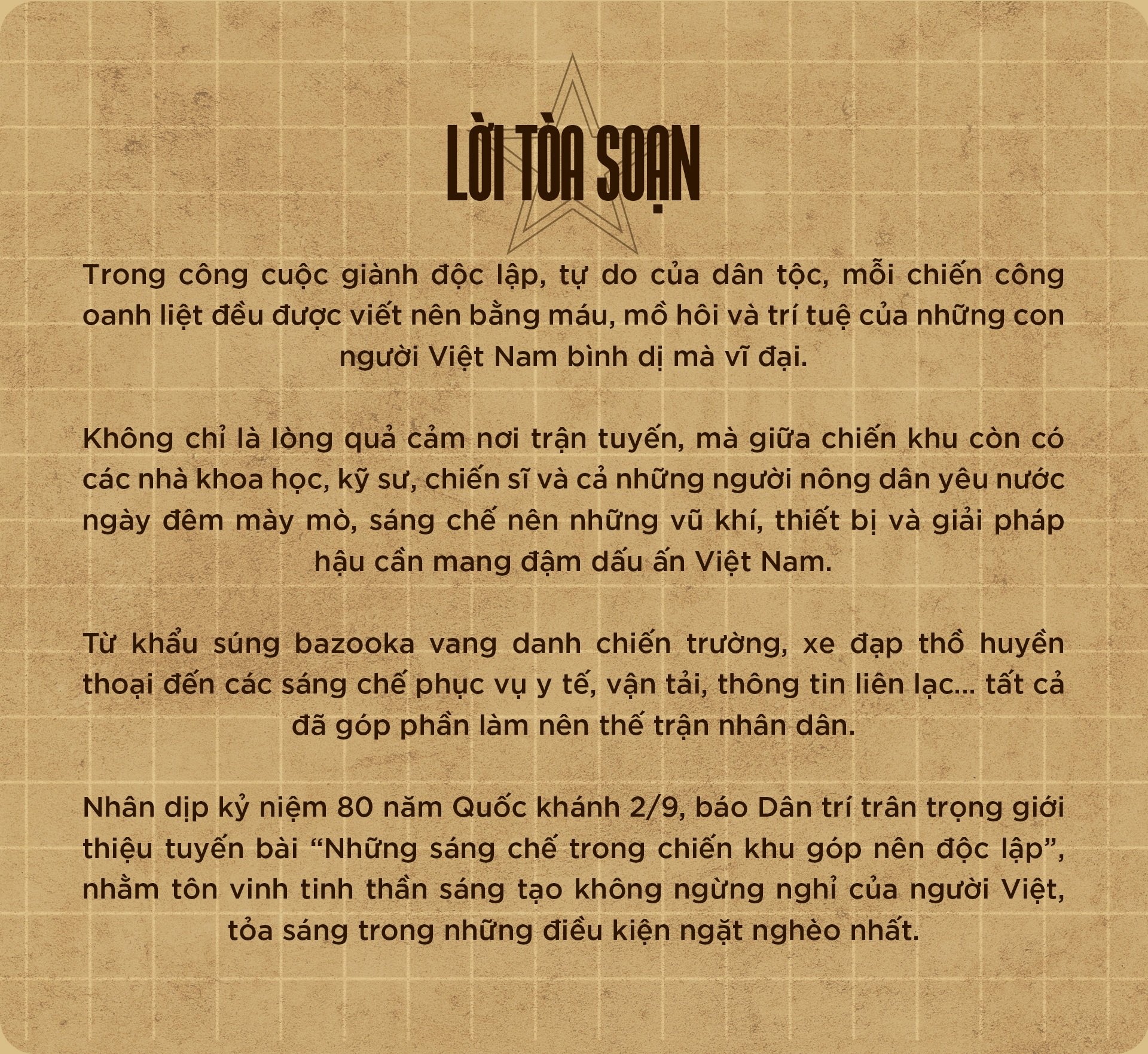
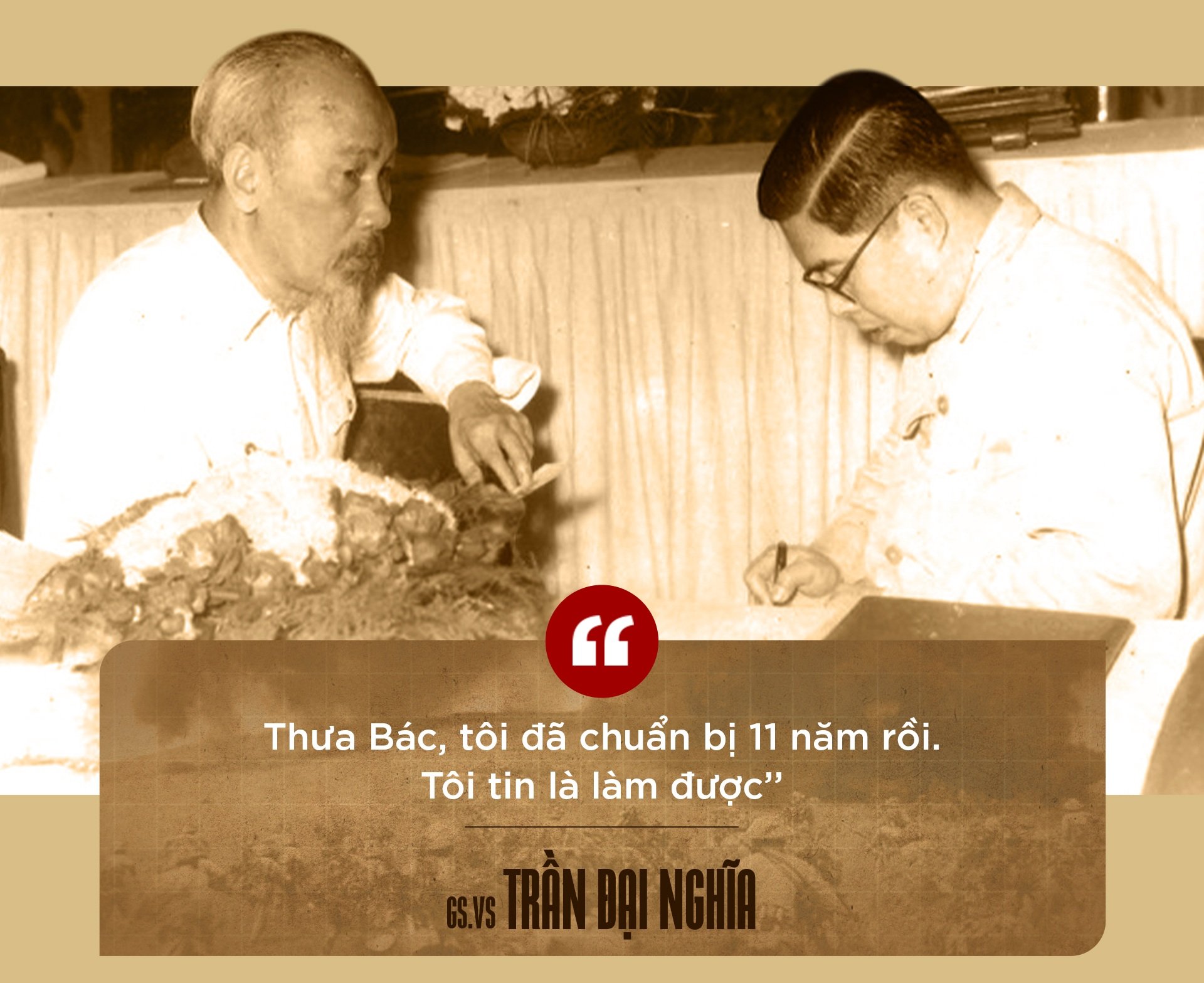

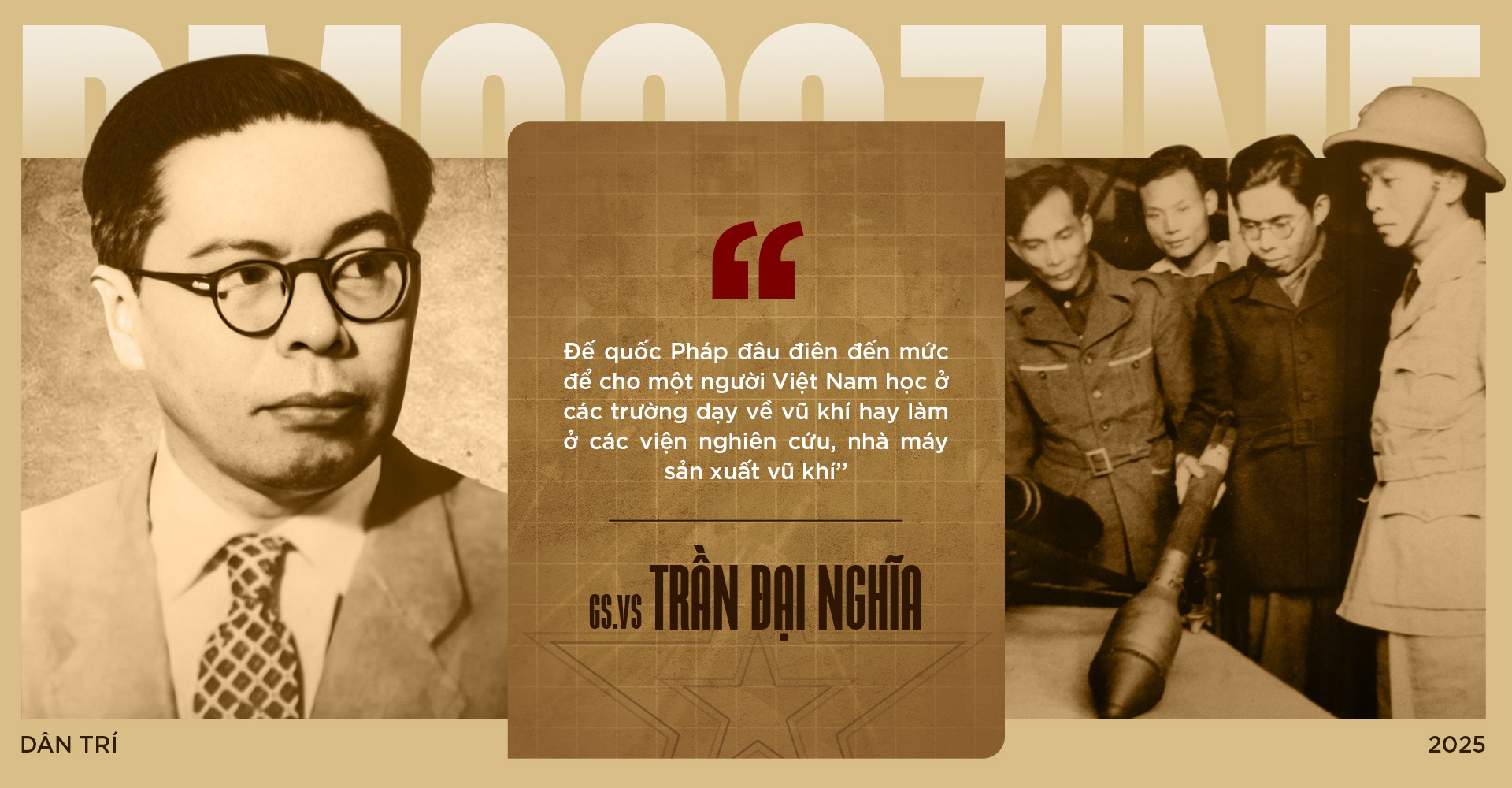

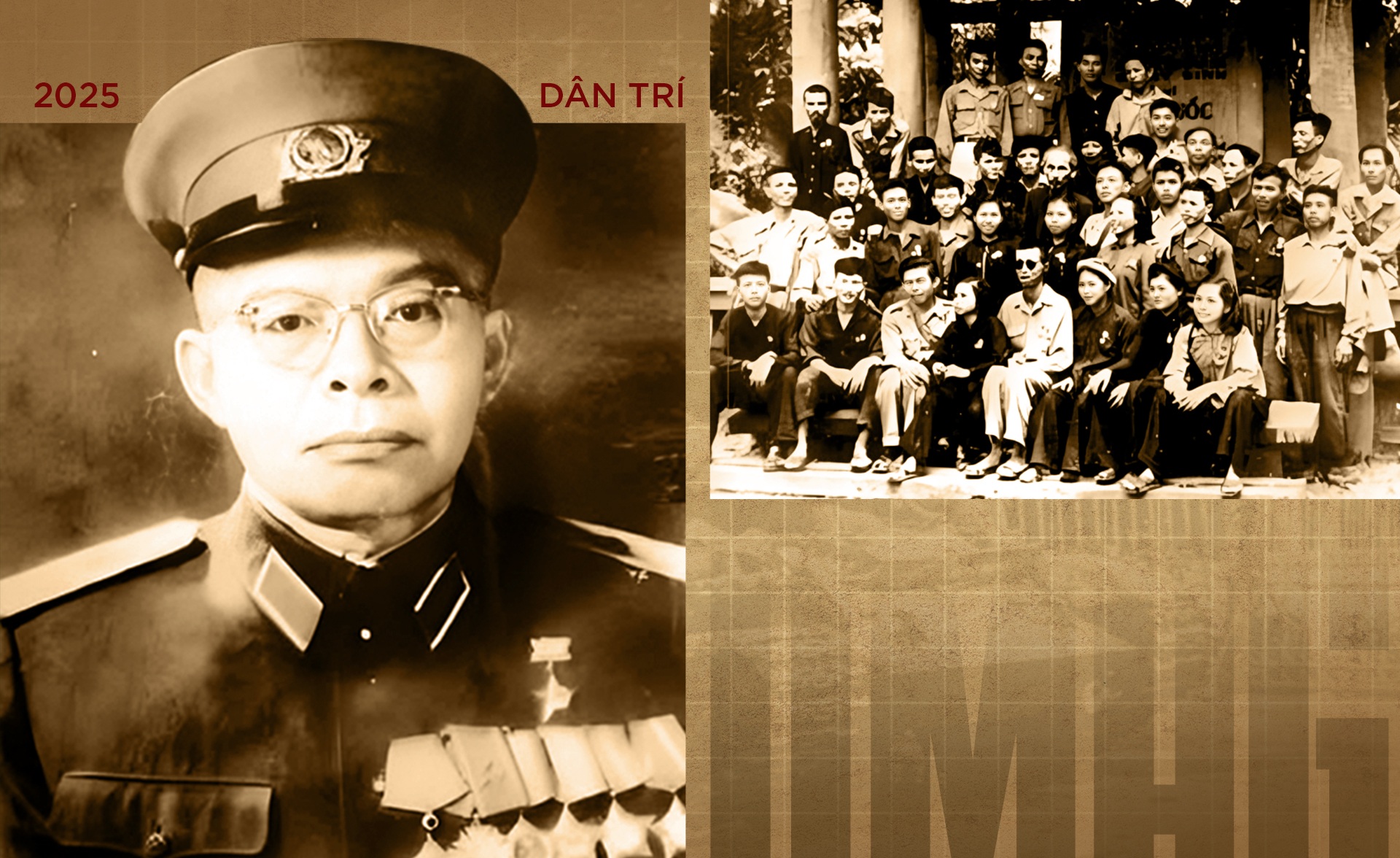

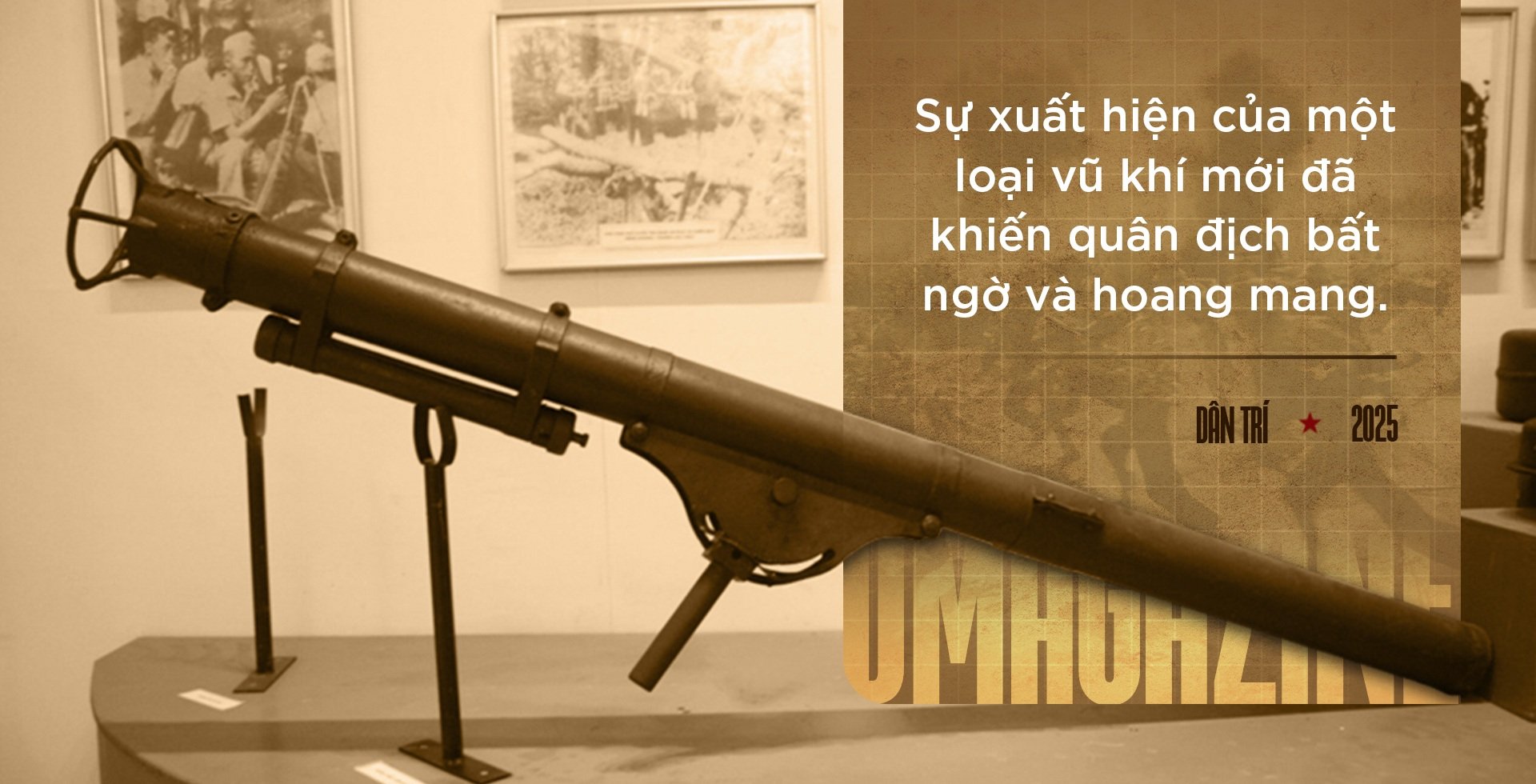

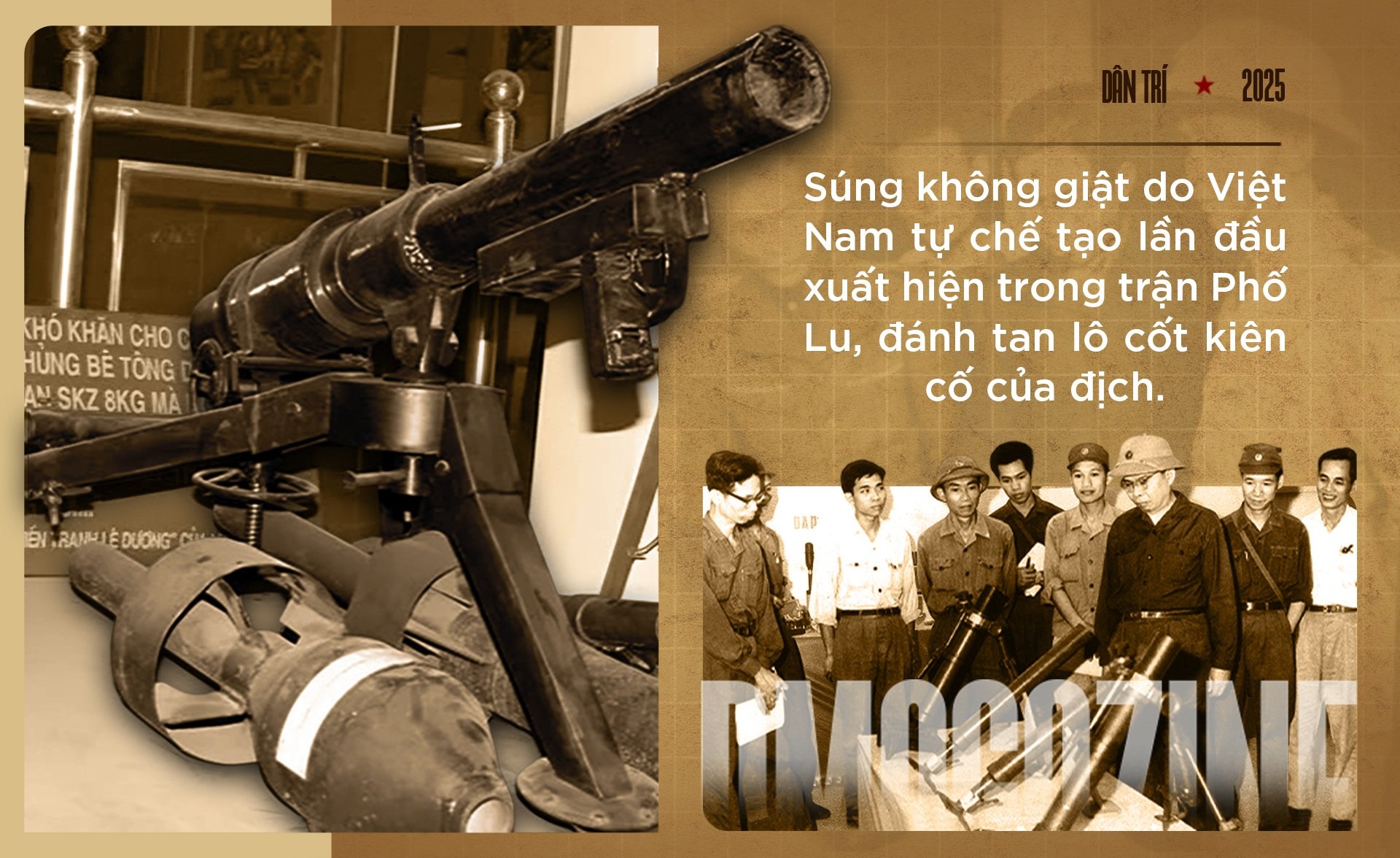

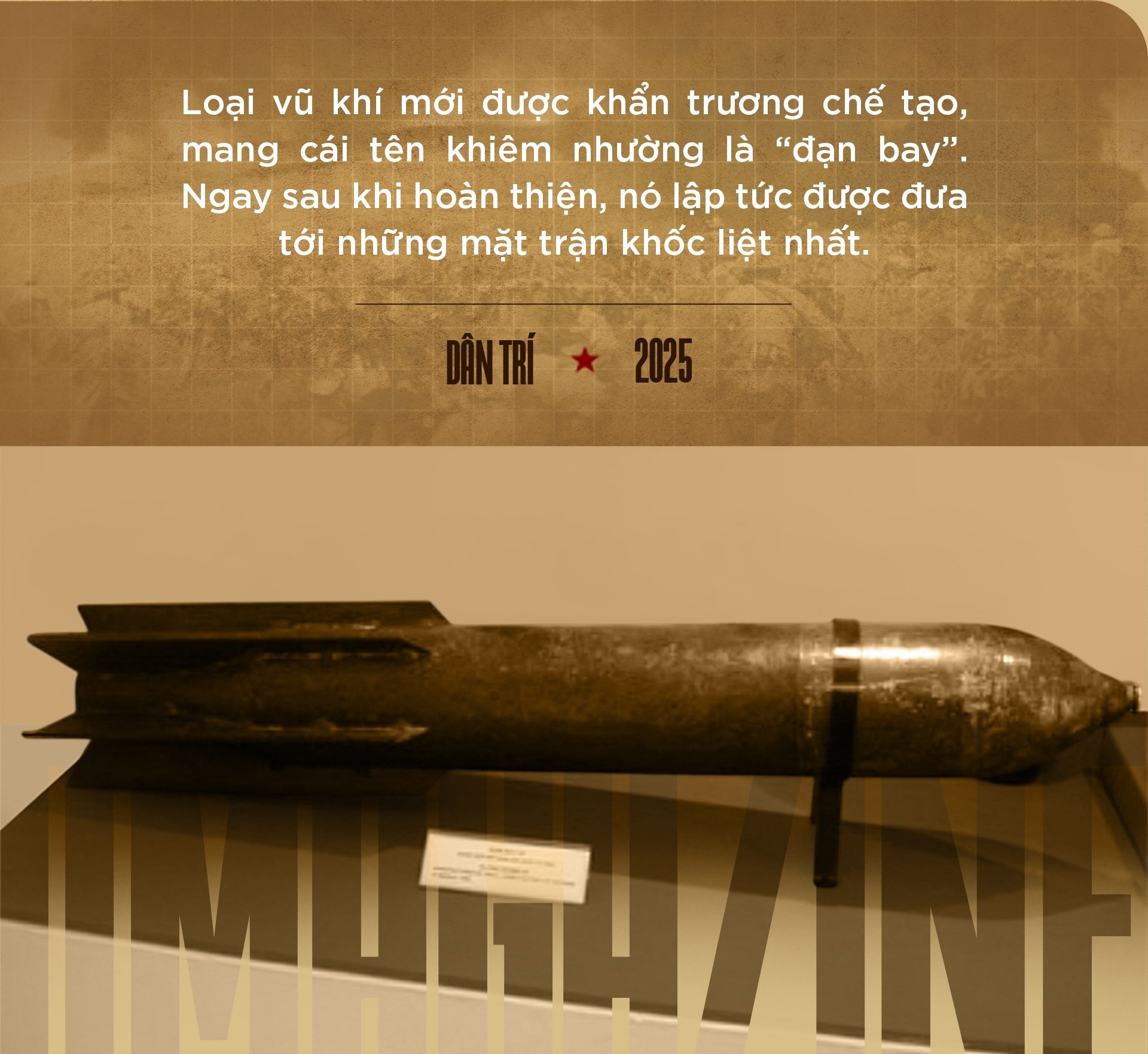

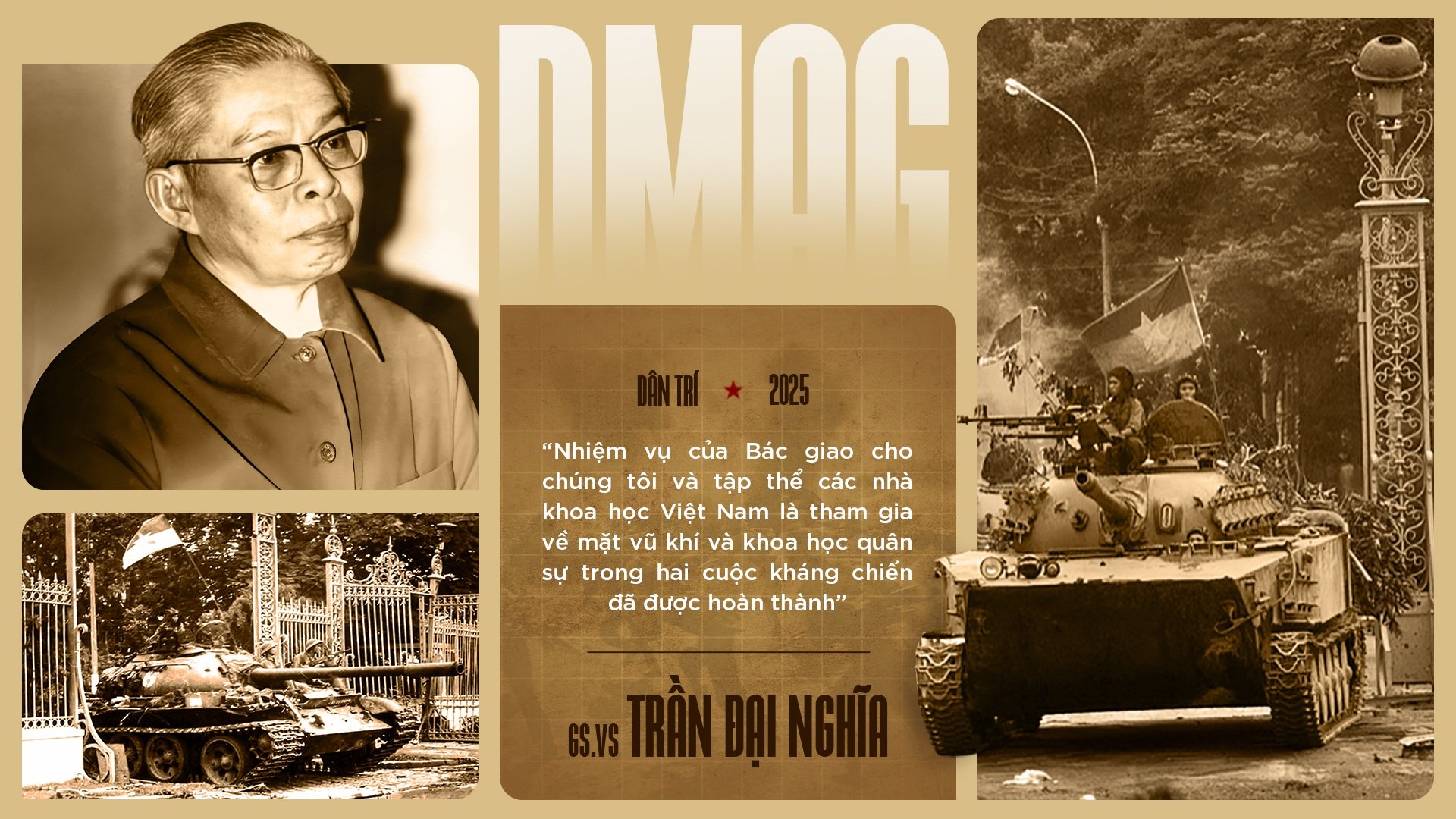

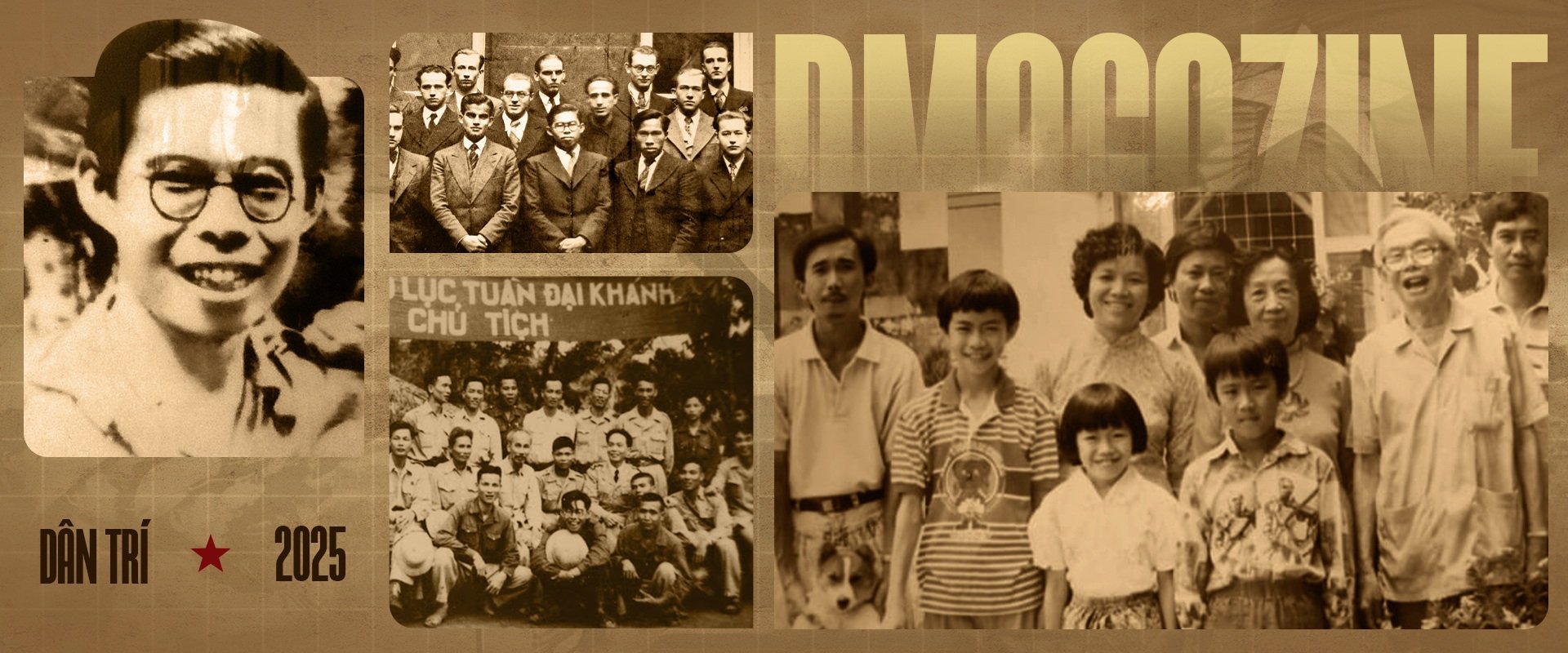

![[Photo] Cat Ba - Green island paradise](/_next/image?url=https%3A%2F%2Fvphoto.vietnam.vn%2Fthumb%2F1200x675%2Fvietnam%2Fresource%2FIMAGE%2F2025%2F12%2F04%2F1764821844074_ndo_br_1-dcbthienduongxanh638-jpg.webp&w=3840&q=75)




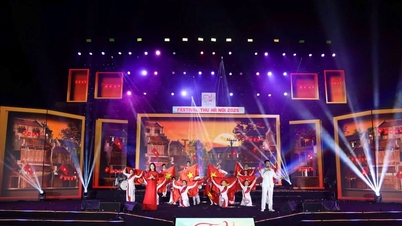



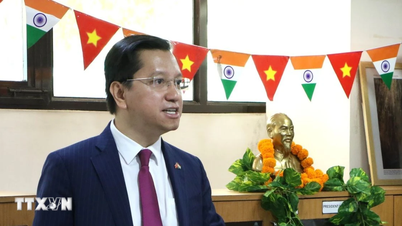




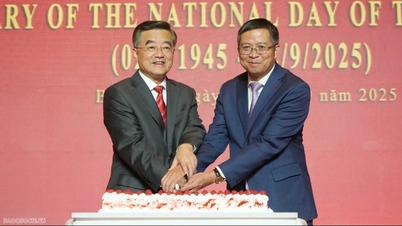
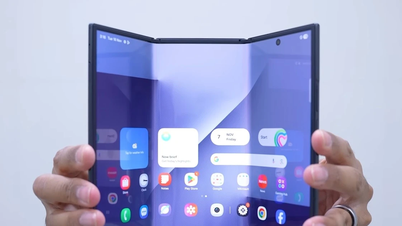

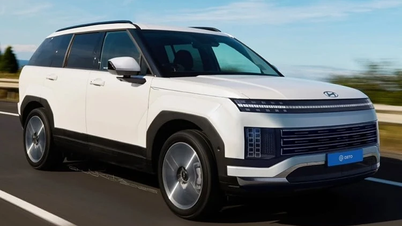

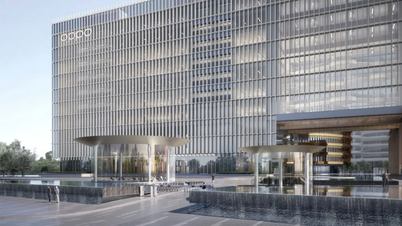

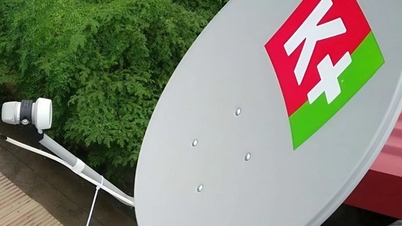






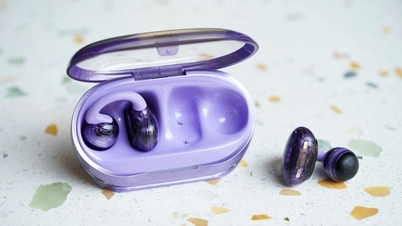


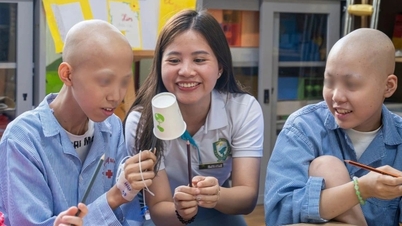

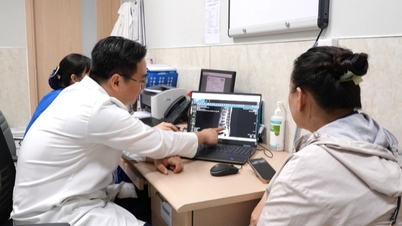

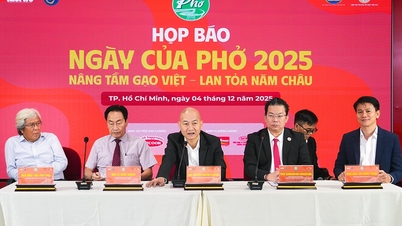

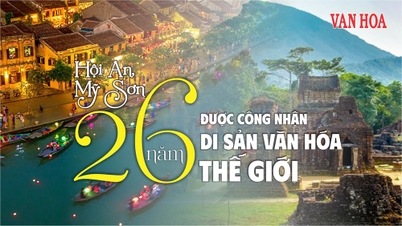
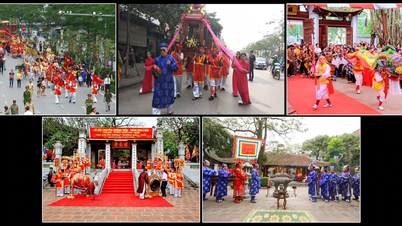
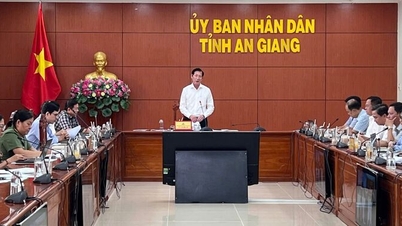

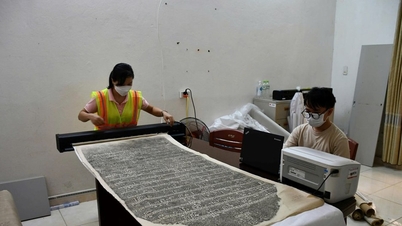
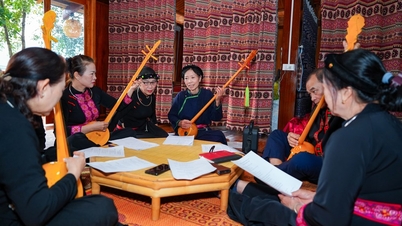








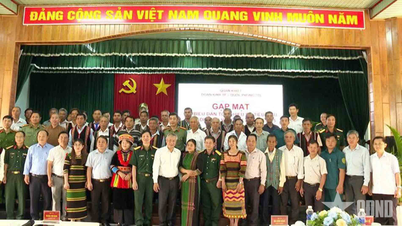

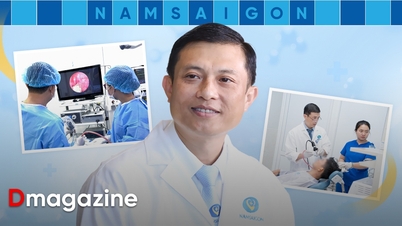


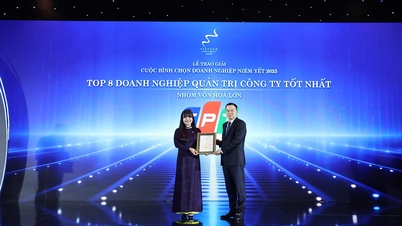

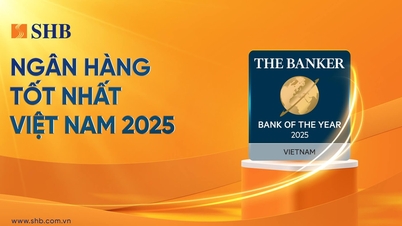

![[VIMC 40 days of lightning speed] Da Nang Port: Unity - Lightning speed - Breakthrough to the finish line](https://vphoto.vietnam.vn/thumb/402x226/vietnam/resource/IMAGE/2025/12/04/1764833540882_cdn_4-12-25.jpeg)
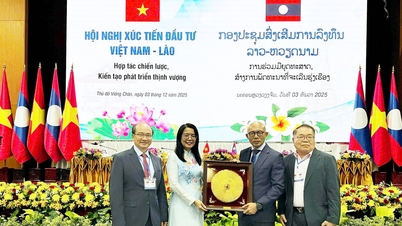
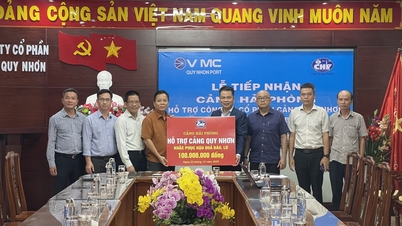








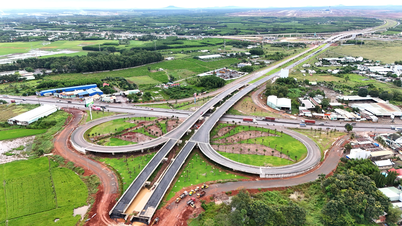




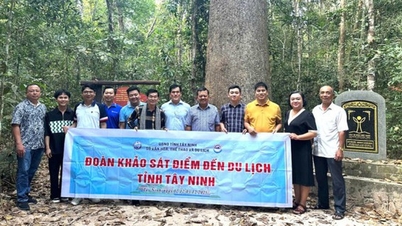



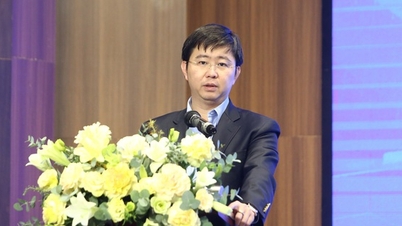




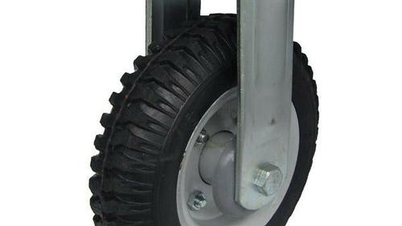




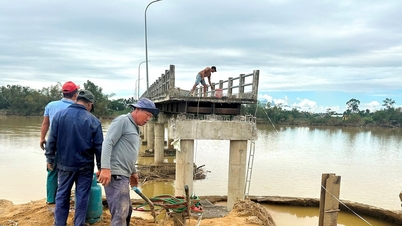



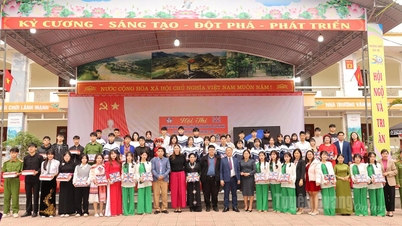













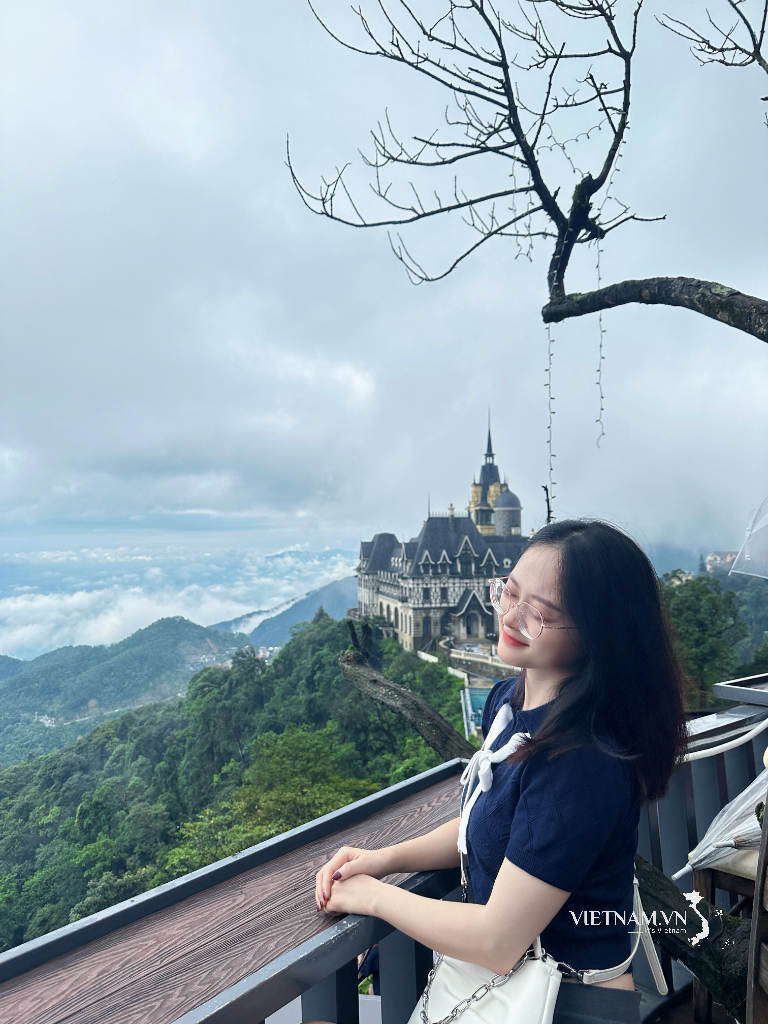

Comment (0)